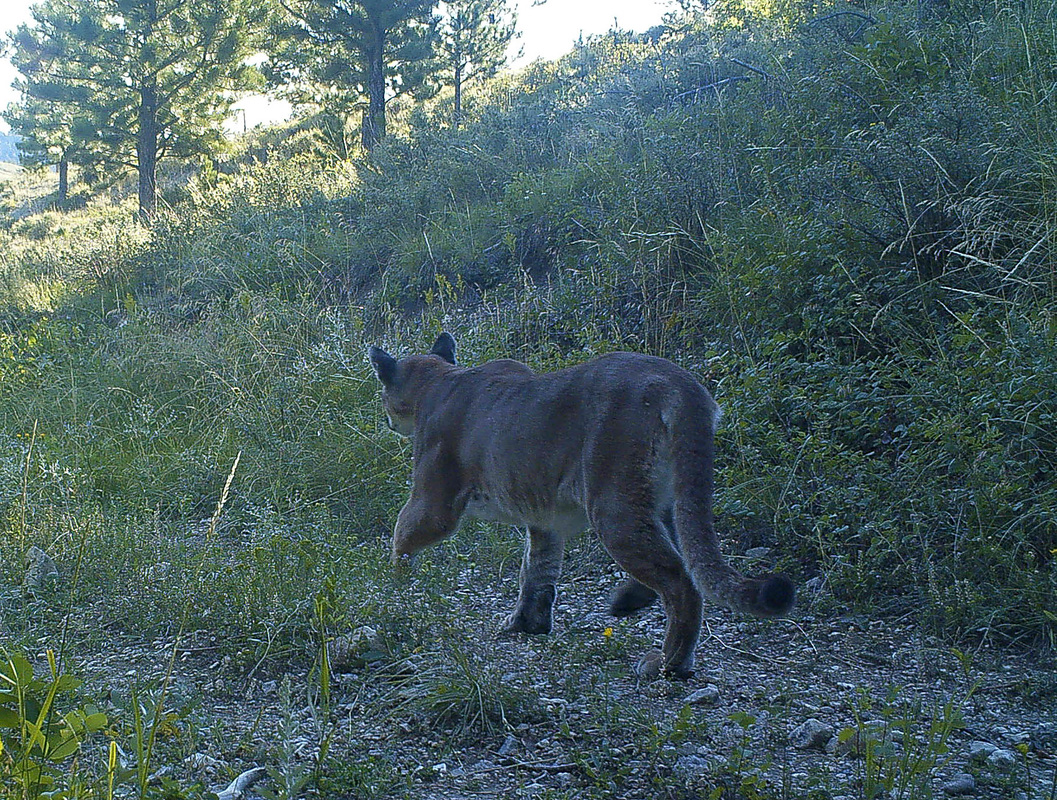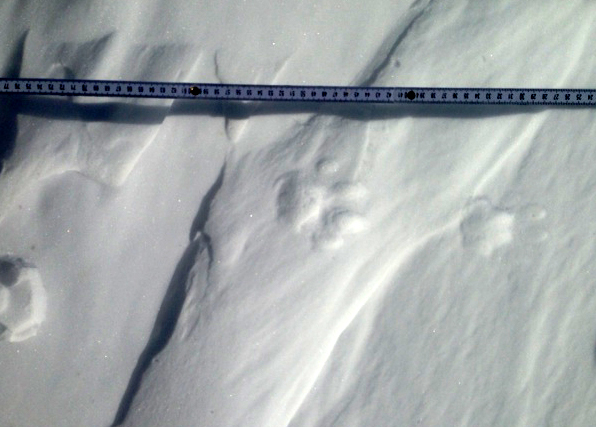Big cats are magnificent, powerful creatures, with incredible stealth and hunting prowess. Their populations are in decline worldwide, caused by habitat loss and conflict with humans.
“More humans populate the planet than ever before, encroaching further and further into previously natural areas,” according to the National Geographic Big Cats Initiative. “When human and big cat populations collide, the big cats typically lose.”
The more we know about these magnificent, powerful animals, the better served the conservation community will be to protect them. Here are a few of the big cats ASC has captured on camera traps and tracked, informing our research partners from Utah to Costa Rica.
Ocelot
Nocturnal creatures, ocelots weigh up to 40 pounds and can live as long as 20 years. Also known as “painted leopards,” they climb and run with agility, and are good swimmers. The fur trade nearly drove these cats to extinction, but today they have rebounded; even so, they’re threatened by habitat destruction, poaching and vehicle collisions. An ASC team in Costa Rica caught this ocelot on a camera trap at Reserva Playa Tortuga.
Video: Mountain Lion
Mountain lions live mostly in remote places and are rarely spotted by humans. Weighing in at 85-180 pounds and stretching 7-8 feet long, they hunt by ambush and kill with a powerful bite at the base of the skull, according to the Colorado Division of Wildlife. A typical male’s territory is 100-plus square miles, while females range less than 50. Our Uinta Carnivore Crew captured this lion in northeastern Utah this summer.
Snow Leopard
During an expedition to the Darhad region of Mongolia, an ASC crew documented snow leopard tracks. Although local Mongolian herders and hunters had reported sighting these elusive cats, no DNA or track evidence bolster their claims prior to the ASC findings, and researchers thought that the rare cat had been eradicated from the region.
Video: Bobcat
Named for its short bobbed tail, the bobcat is the most populous wildcat in North America, with 725,000-1,020,000 in the wild. At 10-28 pounds and up to 23 inches tall, they’re slightly smaller than lynx, their much less common relative. Early 20th century trapping nearly wiped out bobcats in the eastern and midwestern United States, where they’ve since recovered.



